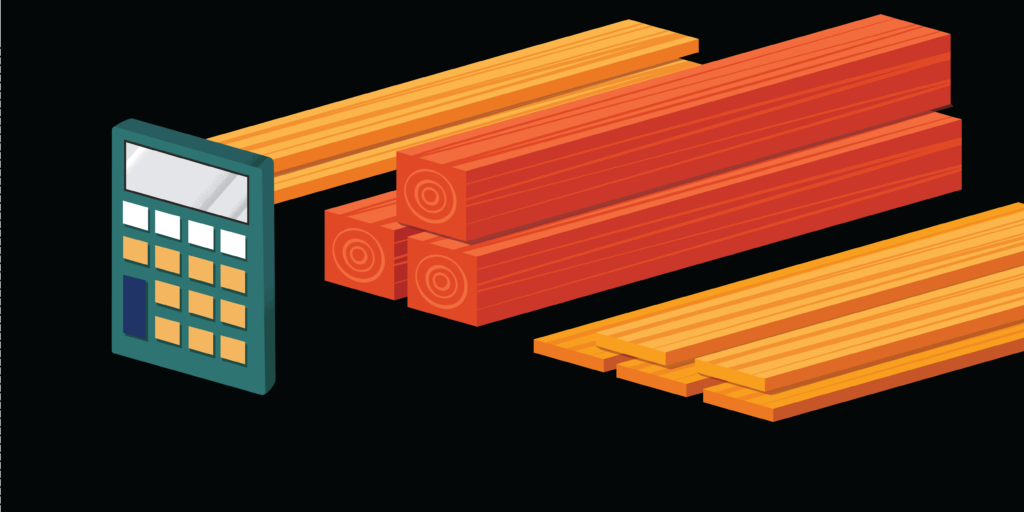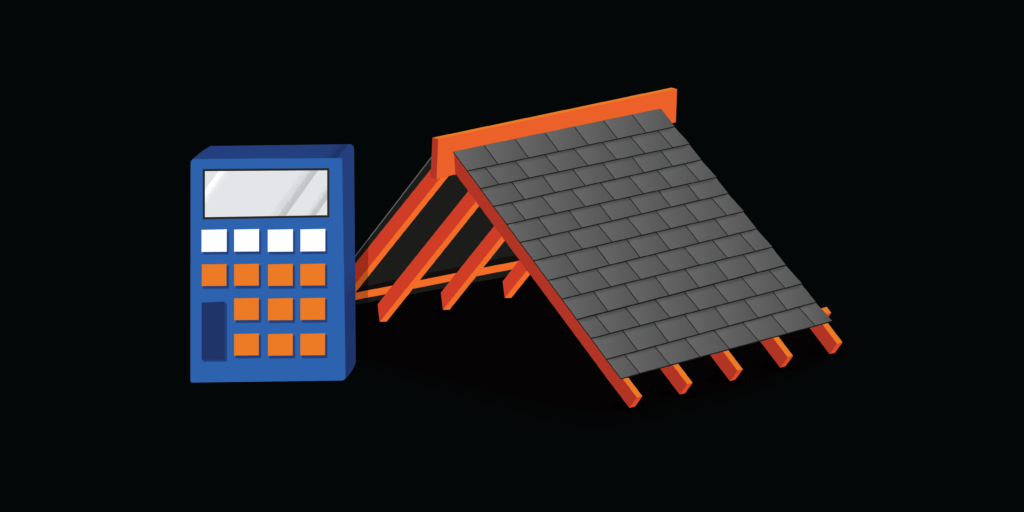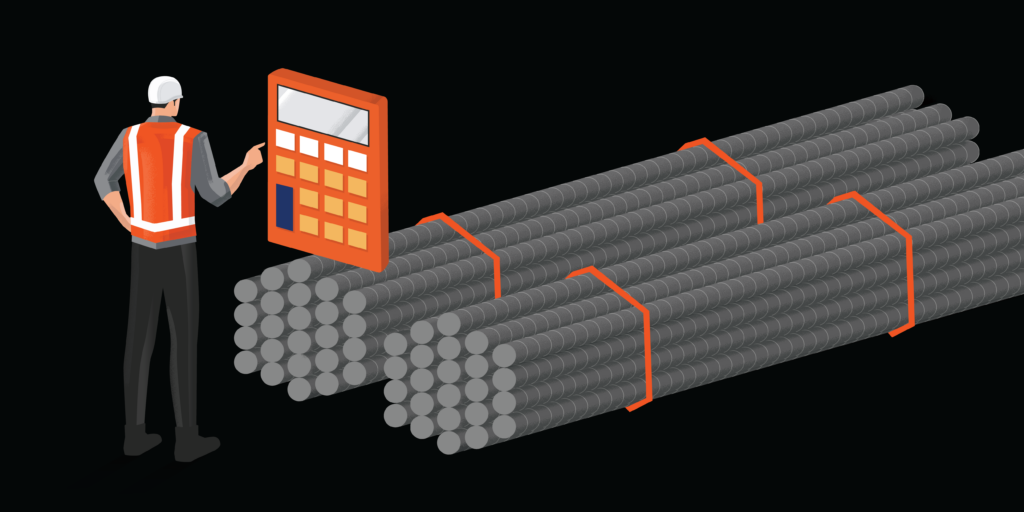— 2 min read
Roof Sheathing Calculator
Last Updated Jul 11, 2024
Last Updated Jul 11, 2024
Use the roof sheathing calculator to estimate the number of sheathing panels required to cover a roof.
Table of contents
How to Calculate Roof Sheathing Requirements
Estimating the correct number of roof sheathing panels for a project is vital to ensuring a smooth construction process, budget efficiency, and reducing wastage. To accurately determine the amount needed, contractors must consider two main factors: the surface area of the roof and the pitch.
1. Measuring the Surface Area
The surface area of the roof is the starting point for all estimations. Measure the length and width of each roof section (or plane), and multiply them together to get the area of that section.
For instance, if one side of the roof measures 20 feet in length and 30 feet in width, its area is 600 square feet. Repeat this for all sections and add them up to get the total surface area.
2. Correcting for Roof Pitch
The pitch of the roof affects the actual surface area that needs to be covered. A steeper pitch means more surface area than a flat roof with the same base dimensions.
Here's a table of common roof pitches and their corresponding multipliers:
| Roof Pitch | Multiplier |
| 2:12 (low) | 1.02 |
| 4:12 | 1.06 |
| 6:12 | 1.12 |
| 8:12 | 1.20 |
| 10:12 (high) | 1.30 |
To apply the multiplier, multiply the total base surface area by the value corresponding to your roof's pitch. For example, with a 6:12 pitch on a 600-square-foot area, the adjusted area is 600 x 1.12 = 672 square feet.
3. Sheathing Panel Dimensions and Applications
Roof sheathing panels are typically sold in dimensions of 4 ft x 8 ft. This is the standard size for most residential and commercial projects. With an area of 32 square feet, it's easy to calculate how many panels you'd need by dividing the total square footage by 32.
Thickness
Commonly, sheathing panels are available in 7/16", 1/2", and 5/8" thicknesses. The choice depends on the building codes in your area and the roofing material you'll use.
- 7/16 in. is suitable for shingle roofs in most residential applications.
- ½ in. sheathing is used for heavier roofing materials or where building codes require it.
- ⅝ in sheathing is preferred for areas with high wind or snow loads.
Related: Asphalt Roof Shingle Calculator
Was this article helpful?
Thank you for your submission.
74%
26%
You voted that this article was . Was this a mistake? If so, change your vote here.
Scroll less, learn more about construction.
Subscribe to The Blueprint, Procore’s construction newsletter, to get content from industry experts delivered straight to your inbox.
By clicking this button, you agree to our Privacy Notice and Terms of Service.
Categories:
Tags:
Written by
Jonny Finity
29 articles
Jonny Finity creates and manages educational content at Procore. In past roles, he worked for residential developers in Virginia and a commercial general contractor in Bar Harbor, Maine. Jonny holds a BBA in Financial Economics from James Madison University. After college, he spent two and a half years as a Peace Corps Volunteer in Kenya. He lives in New Orleans.
View profileExplore more helpful resources

Board Foot Calculator
Use the calculator to calculate the number of board feet in a piece of wood or lumber. What is a Board Foot? A board foot is a unit of volume,...

Asphalt Shingle Calculator
Use the asphalt shingle calculator to estimate the amount of material required to cover a roof. How to Estimate Asphalt Shingle Needs This article will guide you on how to...

Rebar Calculator
Use the rebar calculator to estimate the amount of material required for a concrete pour or paving project. What is Rebar? Rebar beams are reinforced steel rods cut to various...

Asphalt Calculator
Use the asphalt calculator to estimate the amount of material required for a paving project. How to Estimate Asphalt For any paving project, accurately estimating the amount of asphalt required...